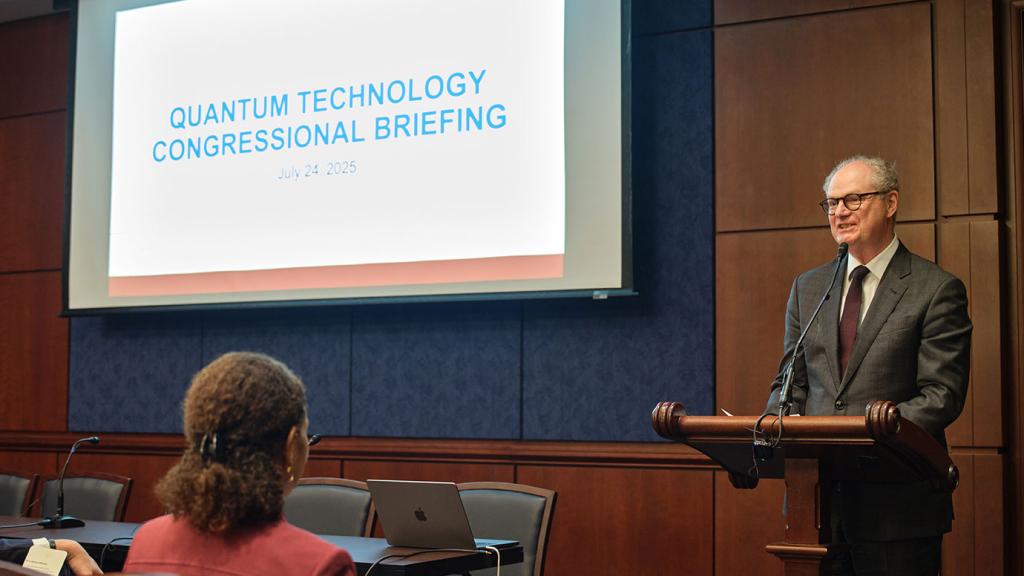Two of the three recipients of the 2011 Nobel Prize in Physics are collaborators on cosmology projects led by the University of Chicago and Fermi National Accelerator Laboratory.
The physics Nobel was awarded on Tuesday, Oct. 4, “for the discovery of the accelerating expansion of the Universe through observations of distant supernovae.” One half of the prize went to Saul Permutter, a collaborator on the Dark Energy Survey.
The other half of the prize was shared by Adam Riess, a collaborator on the Sloan Digital Sky Survey’s Supernova Survey, and Brian Schmidt, an astronomer at the Australian National University. Riess is a professor of astronomy and physics at Johns Hopkins University and an astronomer at the Space Telescope Science Institute.
“This was expected and well-deserved,” said Joshua Frieman, a Fermilab scientist and professor in astronomy & astrophysics at UChicago.
Frieman founded and directs the Dark Energy Survey, a giant digital camera that is scheduled to probe the origin of cosmic acceleration from the Blanco 4-meter telescope at Cerro Tololo Inter-American Observatory in Chile. Perlmutter is an astrophysicist at the U.S. Department of Energy’s Lawrence Berkeley National Laboratory and a professor of physics at the University of California at Berkeley.
The SDSS Supernova Survey, which operated from 2005 until 2008, discovered more than 500 type Ia supernovas for cosmological study. Type Ia supernovas are exploding stars that shine with such predictable brightness that they are known as standard candles. This year’s Nobel laureates and many other astronomers use them as astronomical measuring devices to help determine the expansion rate of the universe. By comparing a type Ia supernovae at the edge of the known universe to similar ones nearby, scientists can estimate whether the universe will expand forever or eventually collapse back into itself under the force of gravity.
Stephan Meyer, professor in astronomy & astrophysics, collaborated with another Nobel-Prize winning team on the Cosmic Background Explorer, which in 1992 confirmed that the universe was born in a hot big bang.
Meyer worked on COBE with 2006 Nobel laureates John Mather of NASA's Goddard Space Flight Center and George Smoot of the University of California, Berkeley. Mather will present the UChicago’s 2011-12 Brinson Public Lecture at 6 p.m. Tuesday, Nov.1, at the School of the Art Institute of Chicago.






